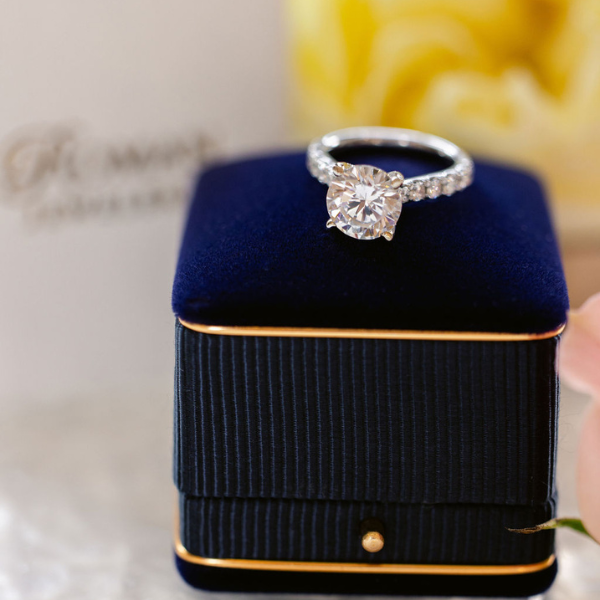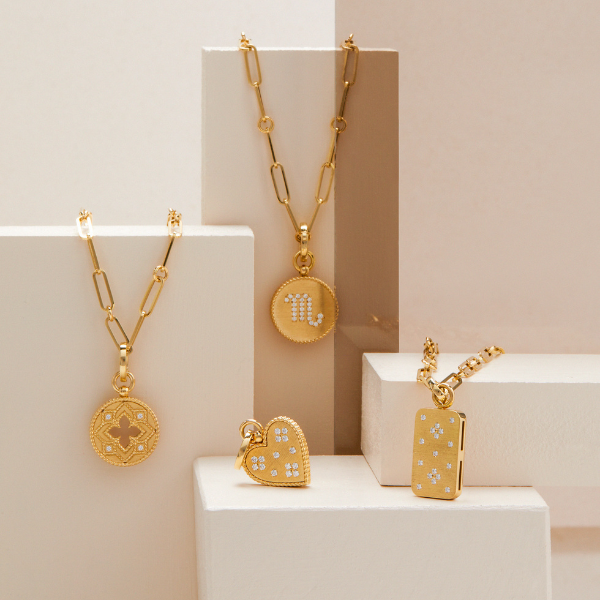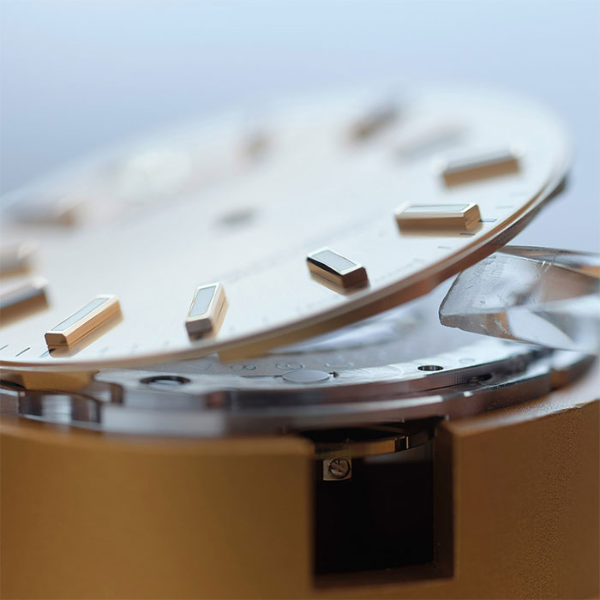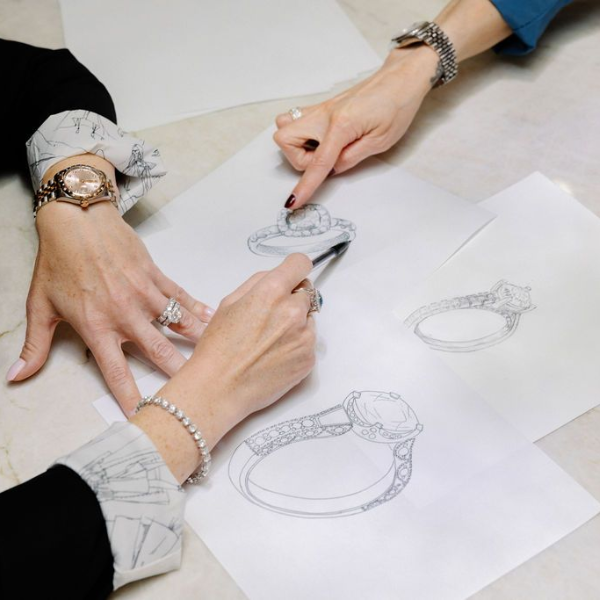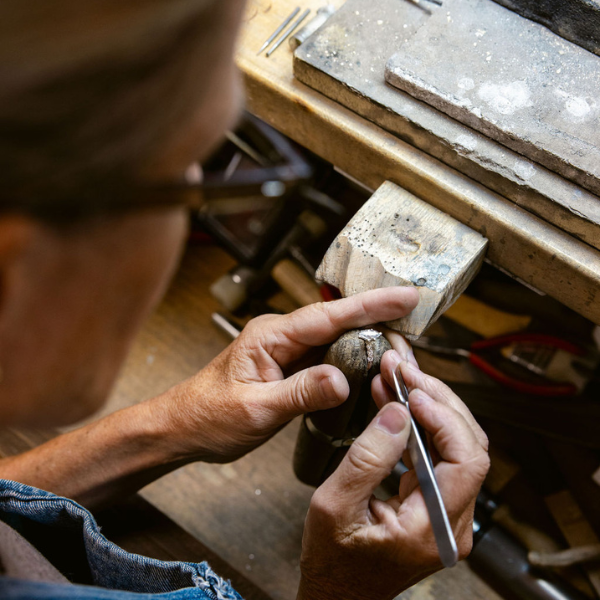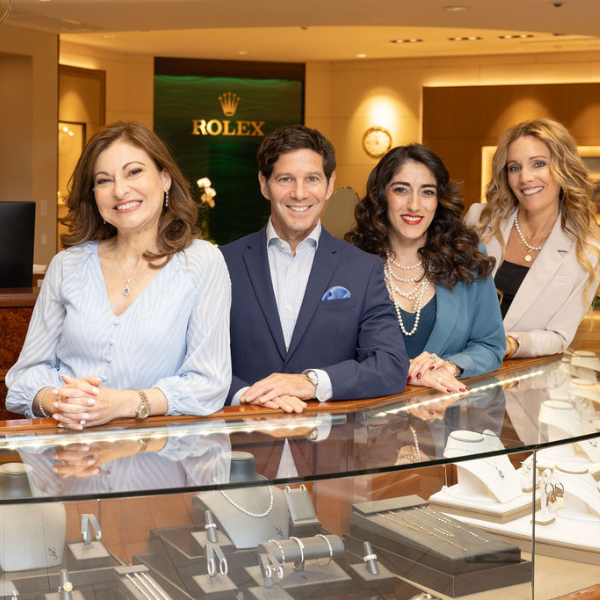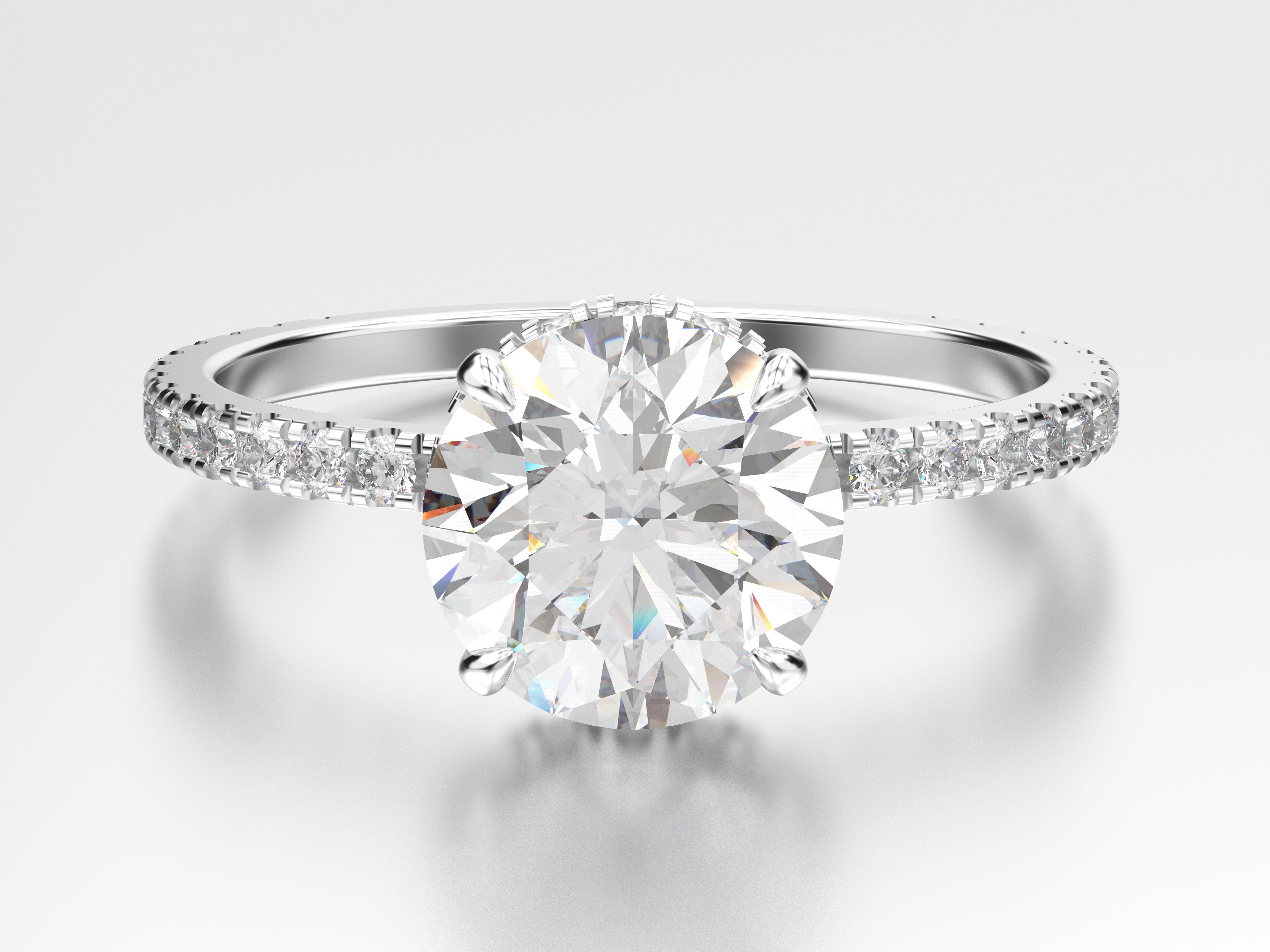Hello there, diamond aficionados! We're delving into the intriguing world of lab-grown diamonds today. These sparklers have made waves in the jewelry industry in recent years, giving diamond lovers an alternative to natural, mined diamonds. However, as their popularity has grown, numerous myths and misconceptions have emerged. But don't worry, we're here to separate reality from fiction and dispel these lab-grown diamond myths.
What are Lab-Grown Diamonds?
Before we refute any lab grown diamond myths, let's first define "lab-grown diamonds". Lab-grown diamonds, also known as synthetic or cultured diamonds, are diamonds cultivated under controlled, lab conditions. Unlike natural diamonds, which develop over billions of years deep under the Earth's crust, these jewels are created in laboratories using modern technology, in a matter of weeks.
Let us now contrast lab-grown diamonds with natural diamonds.
Lab-grown diamonds are chemically and visually identical to mined diamonds, exhibiting identical physical features at an atomic level. Lab-grown diamonds have the same chemical makeup, crystal structure, and brilliance as natural diamonds. The main difference is that one is mined and the other is created in a lab. The time in producing lab-grown diamonds is another huge difference. It only takes a few weeks to produce the lab-grown diamond where natural diamonds take billions of years. And with technology improving, the time required to produce a lab-grown diamond is getting even shorter. Another huge difference is the "p" word many people associate with purchasing a diamond...price! If all factors are equal (carat weight, cut, color and clarity), lab diamonds are significantly less expensive than a natural diamond. It really boils down to your personal preference and what you are looking for!
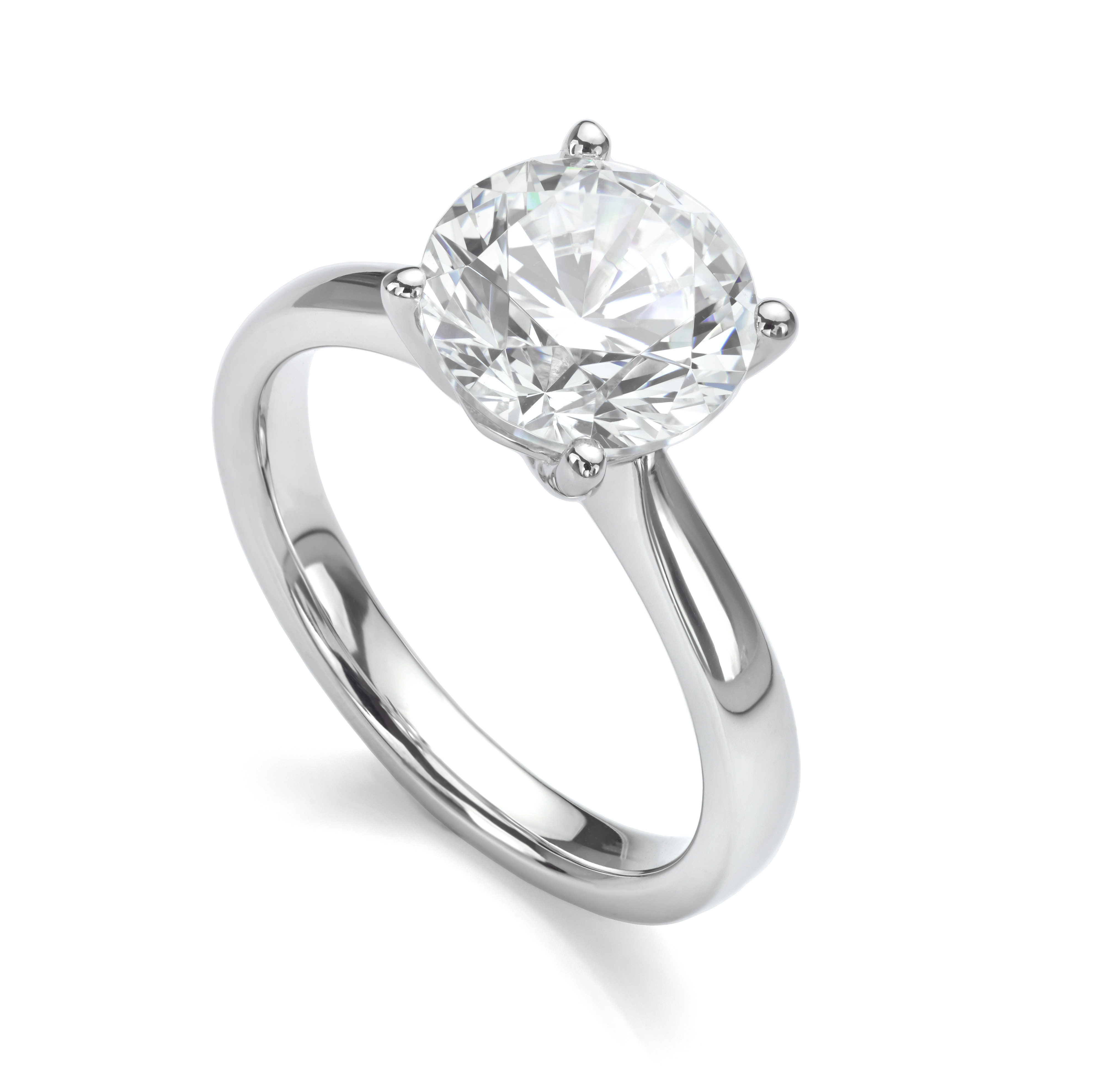 To throw additional insight on the process, lab-grown diamonds are made utilizing a basic growth process in one of two forms: High-Pressure High-Temperature (HPHT) and Chemical Vapor Deposition (CVD). Both processes mimic the natural diamond development process, but in considerably less time. The lab diamond process takes a diamond seed (also known as a diamond simulant) and subjects it to the same extreme heat and pressure that forms diamonds beneath the earth. The clear cut difference here is that these conditions (in a lab diamond) are conducted in a controlled environment and do not take billions of years but rather a few weeks. Okay, now that we have laid the groundwork and are beginning to consider ourselves diamond experts, let's get in to the "meat and potatoes of why we are here...
To throw additional insight on the process, lab-grown diamonds are made utilizing a basic growth process in one of two forms: High-Pressure High-Temperature (HPHT) and Chemical Vapor Deposition (CVD). Both processes mimic the natural diamond development process, but in considerably less time. The lab diamond process takes a diamond seed (also known as a diamond simulant) and subjects it to the same extreme heat and pressure that forms diamonds beneath the earth. The clear cut difference here is that these conditions (in a lab diamond) are conducted in a controlled environment and do not take billions of years but rather a few weeks. Okay, now that we have laid the groundwork and are beginning to consider ourselves diamond experts, let's get in to the "meat and potatoes of why we are here...
Debunking Common Myths and Misconceptions
Myth 1: "Lab-grown diamonds are fake and of lower quality."
Let's get this out of the way immediately. The term "fake" diamonds is misleading. Because they are chemically similar to natural diamonds, the word "synthetic" is not appropriate. In fact, without sophisticated equipment, the average customer has difficulty distinguishing between the two types. It's like looking for a diamond in the rough...not easy! Diamond puns aside let's continue...
In terms of quality, lab-grown diamonds fulfill the same stringent criteria as mined diamonds. They are graded with the same clarity, color, cut, and carat weight as a mined diamond. The Gemological Institute of America (GIA) and other respectable grading organizations offer grading reports for lab-grown diamonds in the same way that they do for mined diamonds. Bottom Line: lab-grown diamonds are not "fake" or of a lower overall quality...they are simply made differently!
Myth 2: "Lab-grown diamonds look different from natural diamonds."
This myth usually arises due to a lack of knowledge regarding lab-grown diamonds. Lab-grown diamonds appear to be almost identical to real natural diamonds. They have the same brilliance, fire, and scintillation, making it nearly impossible to tell them apart with the naked eye. As I mentioned before, even professionals use specific equipment to distinguish the lab-grown from natural diamonds.
Professional verification devices can detect the laboratory-grown diamonds. These instruments use a range of specific equipment to tell the difference between natural diamonds developed over billions of years in the Earth and synthetic diamonds formed over a few weeks in a manufacturing setting.
It is virtually impossible to tell the difference between a laboratory-grown diamond and its natural counterpart with a naked eye. When you dive a little deeper, diamond crystals develop differently in nature than they do in a laboratory, hence their grain patterns, like those of stones and wood, differ. That is one of the factors in allowing us to distinguish the lab-grown diamonds from natural mined diamonds.
Myth 3: "Lab-grown diamonds are not as durable as natural diamonds."
This could not be further from the truth. Lab-grown diamonds are as hard and durable as mined diamonds, attaining a perfect 10 on the Mohs Hardness Scale. They are as durable and long-lasting as genuine diamonds, making them excellent for everyday use as well as treasured keepsakes.
To add to their legitimacy, lab-grown diamonds are subjected to the same rigorous testing as mined diamonds and their quality can be reported by the same gemological authorities as natural diamonds.
Myth 4: "Lab-grown diamonds are not valuable and will never have a resale market."
This myth is not as black or white as most people perceive it to be. On the one hand, I do not know what the future holds and as things change so rapidly in the diamond industry, even experts in the diamond field can never truly predict what will happen. But all hope is not lost!
That being said, what I can do is speak on the past and current value of lab-created diamonds. With technical advancements happening so rapidly, the manufacturing process of creating lab diamonds is becoming quicker. More companies producing diamonds has resulted in an overproduction of lab diamonds. This has driven the price down significantly. Since their inception, lab-grown diamonds have only decreased in value. Do we know what the future holds? Definitely not. But if the past is any indication of the future of the industry, the value trajectory appears to be pointing downward.
The Environmental and Ethical Side of Lab-Grown Diamonds
One of the most perceived reasons to explore lab-grown diamonds has been their ethical and environmental benefits. However, that topic has become less and less true as time goes on. Allow me to explain...
The amount of energy required to produce lab diamonds and to replicate the immense heat and pressure is incredible. As more and more companies enter the lab-created diamond industry, that energy demand is rising exponentially. What was once thought of as an extremely environmentally sound industry is simply not the case anymore.
On the other hand, the natural diamond industry as a whole has tried very hard to reform how they operate and remove as much conflict from the process of diamond distribution as possible. Under the Kimberly Process (which we should totally do an entire blog on later down the road), the United Nations and World Trade Organization have imposed very strict regulations on the natural rough diamond trade to ensure a "conflict-free" operation.
Bottom Line: what was once a vast gap in ethics between the two types of diamonds, significant changes on both sides of the table have brought the two much closer together than previously believed.
The Economic Aspect of Lab-Grown Diamonds
Let us now discuss the economics of lab-grown diamonds. One of the main worries that buyers have is the price difference between lab-grown diamonds and natural diamonds. In general, lab-grown diamonds are much less expensive than natural diamonds, generally costing 20-70% less than mined diamonds of comparable grade and carat weight. This cost-saving benefit provides consumers with additional options, allowing them to acquire bigger or higher-quality diamonds within their budget.
Bottom Line: the lab diamond industry is a "give and take" relationship. While you are able to have a much bigger stone for much less price, you are sacrificing the long term value of the stone itself for something that is mass produced. The choice is yours!
Addressing Consumer Concerns and Misinformation
While it is natural for customers to be concerned when evaluating a new choice, it is critical that those concerns be addressed with facts. Appearance, durability, and long-term value are all fair concerns.
The analogy/question I always love to give potential diamond buyers when it comes to a mined diamond versus a lab diamond is this: would you prefer to own an original and 100% authentic Picasso painting, paying a premium price, or would you like to own a less expensive professionally created rendering of the original painting? Both are beautiful and both serve a clear purpose (in this case, adorning a wall in your home as opposed to a diamond which will be adorning your ring finger). The ultimate difference is that one took time to create from nothing (natural diamond) and one was created in the image of the original (lab- grown diamond). If you can, read this paragraph a second time and let the analogy really sink in. I think it might just help you make the decision that is right for you.
Frequently Asked Questions (FAQs)
To wrap up our myth-busting journey, let's address some common questions related to lab-grown diamonds:
1. Are lab-grown diamonds "real" diamonds? Lab-grown diamonds are, in fact, real diamonds with the same properties (chemical composition and physical structure) and same durability as mined diamonds.
2. How can I tell if a diamond is lab-grown or mined? Identifying lab-grown diamonds from mined ones requires specialized equipment; however, reputable jewelers can provide lab reports to confirm a diamond's origin.
3. Are lab-grown diamonds eco-friendly? No, with the increasing energy demand by more and more lab diamond manufacturers entering the industry, what was once considered a very eco-friendly process is simply no longer the case.
4. Are lab-grown diamonds more ethically sourced? No, similar to the "eco-friendly" debate, as it currently stands, lab grown diamonds are no more ethical than diamonds mined from the ground.
5. Can lab-grown diamonds be insured? Yes, lab-grown diamonds can be insured, just like mined diamonds, to protect their value and your investment.
6. Do lab-grown diamonds have resale value? Hard to say as the diamond marketplace is constantly changing. As it currently stands, the resale value of a lab-grown diamond is little. As a result of technical advances in the lab grown diamond industry, the turnaround time for creating a lab-grown diamond is becoming less and less. This is leading to more and more companies entering the market since the barrier to entry gets lower by the day. This is all to say that, as it currently stands, there is an overproduction of lab-grown diamonds in the industry. So what does this all boil down to? The price of lab diamonds is constantly changing (consistently decreasing by the day) so at the moment, lab grown diamonds have little to no resale value.
Congratulations! You've made it through our myth-busting adventure in the realm of lab-grown diamonds. Today, we've debunked some of the most common misconceptions surrounding these remarkable gems. Remember, lab-grown diamonds are real, beautiful, and environmentally friendly alternatives to traditional mined diamonds.
By selecting lab-grown diamonds, you are receiving good value for your money.
I hope you save and refer back to this blog the next time you're looking for a magnificent diamond, whether it be lab-grown or natural. When looking for a piece of jewelry like an engagement ring or wedding band, the choice of diamond (or diamond alternatives) comes down to personal preference and taste more than anything else. The center stone of engagement rings should be a direct symbol of you and the love you share with that special person in your life. Continue to learn and never be afraid to ask questions!
Additional Resources
For further reading and to delve deeper into the world of lab-grown diamonds, check out these reputable sources:
1. Gemological Institute of America (GIA) - gia.edu
2. International Grown Diamond Association (IGDA) - grown-diamonds.org
3. Federal Trade Commission (FTC) - consumer.ftc.gov
4. Environmental Working Group (EWG) - ewg.org
Happy diamond shopping, and may your journey be filled with brilliance and fire! Get it...? :)









